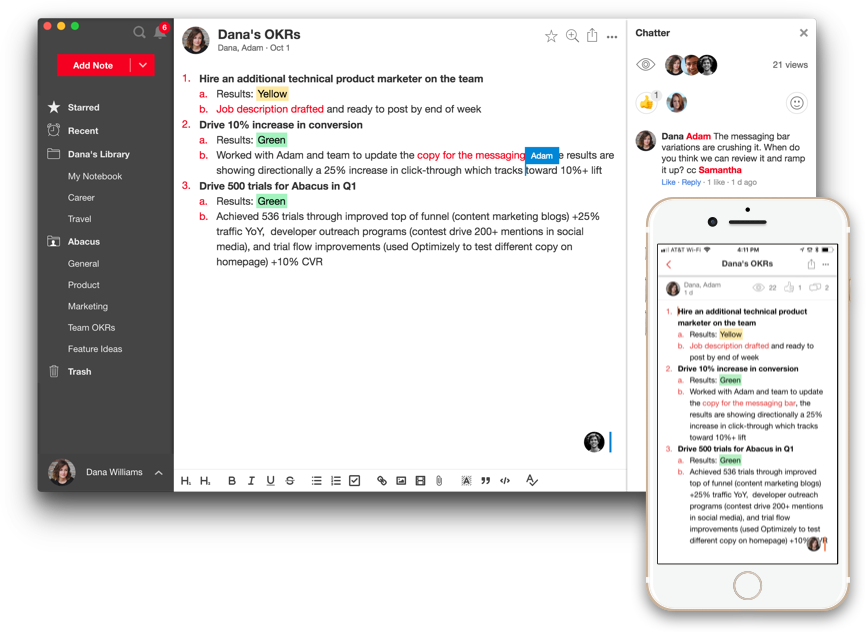How to Create a Policy and Procedures Manual

Organizations create policies and procedures manual to house their best practices, core business processes, and policy documents. A well-written manual can improve your company by establishing clarity on guidelines, goals, and organizational knowledge, while enabling the team to focus on the company's growth and scale.
Creating a Policy and Procedures Manual
To get started with creating a manual, here are some of the key considerations.
What goals are you trying to accomplish?
Often, employers want to put together policy and procedure manual similar to employee handbooks. Employee handbooks are a collection of policies and documents which help onboard employees but also provide some protections for the employee and employer by clearly stating employment policies. If that is your goal, you're in luck because we've put together a guide on how to write an effective employee manual.
If your goals are more focused on best practices and core business processes, these manuals often look pretty different. They can be a compilation of the expertise and insights collected for your company over time, like call scripts or specific step-by-step procedures for day to day work. Rather than passing down information by word of mouth or individual training, which is slow and gets distorted over time, these manuals can be updated over time so that everyone has a source of truth for their business.
What goes into a policy and procedures manual?
Here are some examples of items you may include in a policy and procedures manual
- Employment policies
- Employee benefits
- Payroll
- Workplace guidelines
- Employee conduct
- Work from home policies
- Communication policies
- Technology use policies
- Organization culture
Who are you writing your policy and procedures manual for?
Who will read your policies? A variety of people may need to review the content you've put together in your manual. Ensure that it's clear and understandable for the employees, and well-organized so they can find what you need. Management should read policies that you write. In the event of a legal dispute, external parties may need to review policy to determine whether appropriate expectations were set with employees. Whoever you're writing for, you should do a thorough review of your policy and procedures manual with your audience's needs in mind and make sure it's accessible and usable for them.
How can you make it easy for them to use?
While many organizations choose to pass out printed copies of their policy and procedures manuals, modern day work often demands far more accessibility. Printed policies are quickly outdated and easily get lost, while also being difficult for your employees to access if they're on the go. Also, as your policies and procedures change, you want to be able to have the flexibility to change along with it. Today's employers often choose to have their policies online, and posted somewhere where employees can access it from their computers and mobile devices. Notejoy and other tools are great options on how to move your manuals online, and also make it very easy to keep up-to-date as a single source of truth for everyone to refer to.
Not every policy looks the same
A good place to start is by looking at employee handbooks of companies with similar sized businesses. You can take a look at some examples we've put together here. Depending on the culture you want to establish in your organization, and the specifics of your business, your policy may be short or long, or contain more or less elements than some fo these others.
Using Notejoy for your Policy and Procedures Manual
Focus your time building high-performing teams and less time managing the onboarding process. Notejoy can help with multiple aspects of your onboarding process, from managing new hire checklists to sharing employee handbooks to setting goals.

Share your manual with the team
Share a Notejoy library as the single source of truth for your policies and procedures. Easily manage who has permission to view and edit notes. For example, you can establish a team of HR administrators who have the ability to adjust and edit policies and make it view-only for the rest of the employee base.
Up to date, searchable, and accessible wherever you are
When you make changes to policies, it happens in real-time so everyone stays in sync. Materials in Notejoy are accessible through web, desktop, and even mobile devices so your employees can easily search for content even when they're away from their desk.
Fast and easy to use
Rather than setting up a complicated process or another complex form, Notejoy's interface is fast and easy to use. That way, everyone can get started quickly.